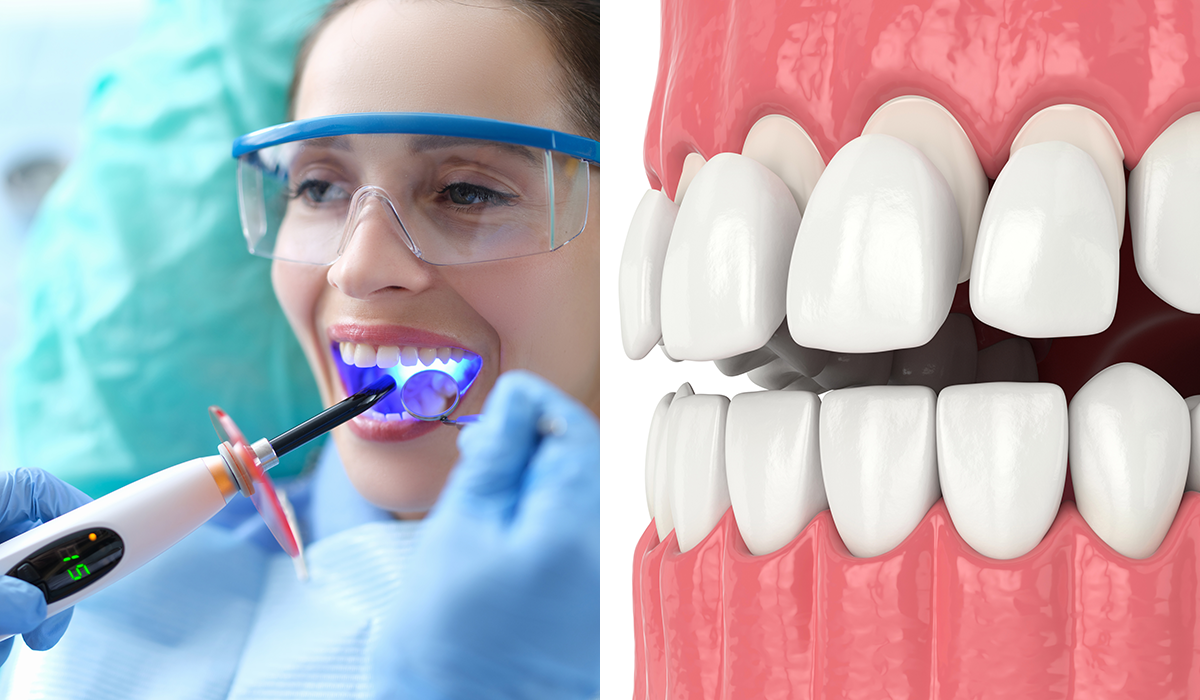Dental Bonding Cons

The world of cosmetic dentistry has revolutionized the way we approach oral health and aesthetics, offering a myriad of solutions for various dental issues. Among these solutions, dental bonding has emerged as a popular and relatively non-invasive procedure aimed at repairing teeth that are chipped, cracked, or misshapen. Despite its advantages, such as cost-effectiveness and the ability to be completed in a single visit, dental bonding also comes with its set of drawbacks. Understanding these cons is essential for anyone considering this cosmetic dental procedure.
Durability Concerns
One of the primary concerns with dental bonding is its durability compared to other dental restoration methods. The material used for bonding, typically a composite resin, is not as strong as the tooth enamel. As a result, bonded teeth are more susceptible to staining, chipping, or cracking, especially when exposed to the rigors of daily chewing and biting forces. This vulnerability means that the bonding may need to be repaired or replaced more frequently than other types of dental restorations.
Aesthetics
While dental bonding can significantly improve the appearance of teeth, achieving a perfect aesthetic match can sometimes be challenging. The composite resin used in dental bonding may not exactly replicate the luminosity or translucency of natural teeth, potentially leading to slight discrepancies in color or sheen, especially in teeth that are more visible. Moreover, as time passes, the bonded areas may stain differently than the rest of the tooth, further highlighting the presence of the bonding.
Limited Use
Dental bonding is best suited for small-scale repairs or aesthetic adjustments. For more extensive damage, such as large cavities, significant tooth decay, or major structural compromises, other dental procedures like crowns, inlays, or onlays might be more appropriate. The limitation in the scope of what dental bonding can address makes it less versatile compared to some other cosmetic dental solutions.
Sensitivity
Some patients may experience tooth sensitivity after the dental bonding procedure, particularly if the bonding is used to repair a tooth that has been damaged or decayed close to the nerve. While this sensitivity is usually temporary, it can be an uncomfortable side effect for some individuals.
Maintenance
To maximize the lifespan and appearance of dental bonding, meticulous oral hygiene and regular dental check-ups are crucial. However, even with proper care, the bonded areas may not resist stains as well as natural teeth or other types of dental restorations, which could necessitate more frequent polishing or maintenance visits to the dentist.
Reversibility
A key advantage of dental bonding is its reversibility—it’s a non-invasive procedure that doesn’t require significant removal of tooth enamel. However, this also means that the procedure can be undone, intentionally or unintentionally, by certain dental treatments or even lifestyle habits like teeth grinding, which could compromise the bonding material.
Cost in the Long Term
While the initial cost of dental bonding is often lower than that of alternatives like veneers or crowns, the potential need for more frequent repairs or replacements can increase the overall cost over time. This aspect makes dental bonding a less cost-effective option in the long run for some individuals.
In conclusion, while dental bonding offers several benefits, including being a quick, relatively painless, and cost-effective solution for minor dental imperfections, its drawbacks, such as limited durability, aesthetic constraints, and potential for sensitivity, are important considerations. For individuals weighing their options in cosmetic dentistry, understanding these cons can help in making an informed decision that best aligns with their needs, preferences, and long-term oral health goals.
Practical Considerations for Patients
When considering dental bonding, it’s essential to discuss the following with your dentist: - The extent of the damage or the imperfection to be corrected. - Your lifestyle and oral hygiene habits, as these can significantly impact the bonding’s longevity. - The potential for staining or discoloration and how this can be managed. - The procedure’s reversibility and what this means for future dental treatments. - The costs involved, both initially and potentially over time, and how these compare to alternative solutions.
By engaging in a thorough conversation about these factors, patients can better navigate the decision-making process and ensure that their chosen procedure, whether dental bonding or another option, is the most suitable for achieving their desired outcomes in terms of aesthetics, functionality, and oral health.
How long does dental bonding last?
+Dental bonding can last for several years, typically between 3 to 10 years, depending on the location of the bonding, oral habits, and the quality of the bonding material and procedure. Regular dental check-ups and good oral hygiene practices can help extend its lifespan.
Can dental bonding be used for back teeth?
+While dental bonding is more commonly used for front teeth due to aesthetic considerations, it can also be used for back teeth. However, for back teeth that bear significant chewing forces, other options like inlays or onlays might be more durable and suitable.
Is dental bonding painful?
+Generally, dental bonding is not painful and can be completed without anesthesia. However, if the bonding is being used to fill a cavity, your dentist might numb the area to prevent any discomfort during the procedure.
In the realm of cosmetic dentistry, each individual’s needs and circumstances are unique, making a thorough assessment and consultation with a dental professional indispensable. By understanding the cons of dental bonding and carefully evaluating these against the procedure’s benefits and one’s own oral health situation, patients can make informed choices that align with their aesthetic, functional, and financial priorities.
